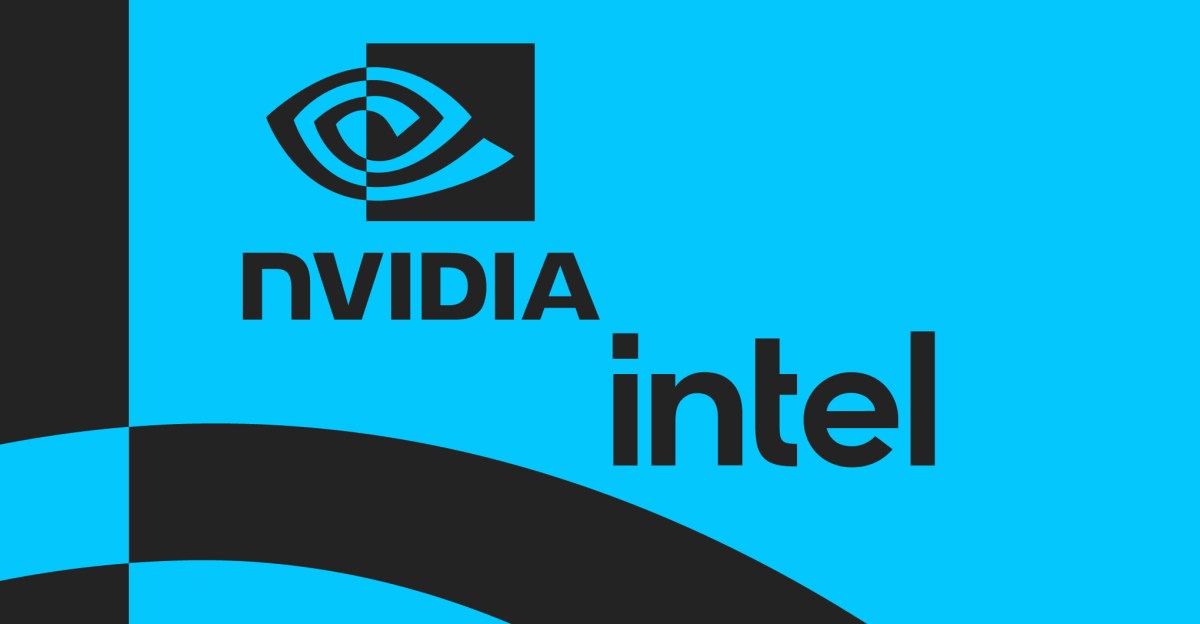Nvidia and Intel Join Forces in $5 B Deal Targeting Integrated CPU‑GPU Market

Key Points
- Nvidia and Intel sign a $5 billion partnership to develop integrated CPU‑GPU SoCs.
- The collaboration targets laptops, tablets and other devices where space and power are limited.
- It aims to compete directly with AMD’s combined CPU‑GPU solutions.
- Nvidia will become a major customer of Intel server processors.
- Both companies will explore Intel’s 3D chip‑stacking (Foveros) technology.
- The deal does not change Nvidia’s commitment to Arm or Intel’s existing manufacturing plans.
Nvidia and Intel announced a $5 billion partnership that aims to create a new class of integrated CPU‑GPU system‑on‑chip (SoC) for laptops, tablets and other form‑factor‑constrained devices. The collaboration seeks to address a market segment currently dominated by AMD, which offers combined CPU and GPU solutions. Nvidia also said it will become a major customer of Intel server processors, while both companies will explore Intel’s 3D chip‑stacking technology for future products. The deal reflects a strategic move to broaden each company’s reach without abandoning existing technology roadmaps.
Strategic Alliance Overview
Nvidia and Intel unveiled a multibillion‑dollar partnership designed to develop a new integrated system‑on‑chip that fuses Nvidia’s RTX GPU architecture with Intel’s central processing units. The agreement, valued at $5 billion, is intended to create a novel class of high‑performance, power‑efficient chips for devices where space, cost and battery life are critical factors.
Targeting an Underserved Market
The collaboration focuses on a segment of the market that currently relies heavily on AMD’s combined CPU‑GPU offerings. Nvidia’s chief executive highlighted that this market is sizable yet largely unserved by Nvidia’s existing product lines. By merging its graphics technology with Intel’s processors, Nvidia aims to deliver integrated graphics laptops and other form‑factor‑constrained devices that have not been seen before.
Competitive Landscape
AMD has long provided solutions that integrate CPU and GPU functions on a single chip, a strategy that powers popular gaming consoles and a growing number of laptops. Nvidia’s partnership with Intel is positioned as a direct response to this competition, seeking to capture a share of the notebook market that stretches beyond premium segments.
Implications for Server Technology
In addition to consumer devices, Nvidia announced it will become a major customer of Intel server CPUs. This move marks a shift from Nvidia’s traditional reliance on its own Arm‑based server processors, indicating a broader strategy to diversify its supply chain and leverage Intel’s strengths in the data‑center space.
Technology Exploration
The two companies plan to explore Intel’s Foveros 3D chip‑stacking technology as a potential avenue for the integrated SoC. While details remain preliminary, both executives indicated a willingness to evaluate this approach alongside other manufacturing options, including continued use of external foundries for production.
Future Outlook
Both firms emphasized that the partnership does not alter their existing commitments to other architectures or manufacturing partners. Nvidia reaffirmed its support for Arm‑based designs, and Intel reiterated its focus on broader manufacturing initiatives. The alliance represents a strategic effort to broaden product portfolios, address competitive pressures from AMD, and explore new opportunities in both consumer and server markets.